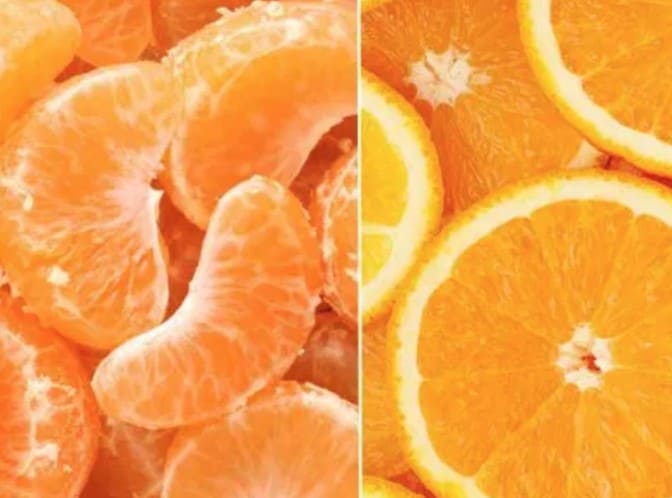Many meticulously peel tangerines and oranges, carefully removing the white threads. Others eat the small vitamin C bomb together with the white. What is the white skin actually made of? Is it better to carefully remove them – or can we save ourselves the trouble and eat them too?
Tangerine and orange fans can be divided into two groups: Some enjoy the fruit with skin and hair – in this case that means: together with the white threads that often get stuck on the flesh when peeled. The others meticulously pick off the white part and only eat the fruit when it is completely “naked”. Which approach is better?
White Skin on Tangerines and Oranges: Toxic or Healthy?
The real name of the white skin is mesocarp or albedo, which means something like “middle fruit”. And even if it bothers some people and doesn’t taste really tasty (their taste ranges from rather neutral to slightly bitter): The white threads are not only edible, they are even healthy.
The intermediate layer contains a lot of vitamins and secondary plant substances such as flavonoids.
Not only the flesh of tangerines and oranges contains a lot of vitamin C, which strengthens our immune system, but also the white part.
Flavonoids strengthen the immune system and have an antioxidant effect, i.e. they render free radicals in the body harmless and can even protect against cancer. In addition, flavonoids seem to be able to prevent cardiovascular diseases. Some flavonoids are said to have antibacterial or antiviral effects.
The white threads consist of indigestible fiber, which stays in our digestive organs longer and ensures that we don’t get hungry again so quickly.
Bottom line: There’s no reason to be overly finicky about peeling tangerines or oranges and removing the white part. Quite the opposite: if you want to do something good for your health, save yourself the effort and simply eat the white skin.
However, you should be careful with the peel of citrus fruits: You should never eat them. Because conventional goods often contain residues of pesticides, you should always wash the fruit with warm water before peeling it and wash your hands carefully after peeling it. Organic fruit, on the other hand, is hardly or not at all contaminated.



